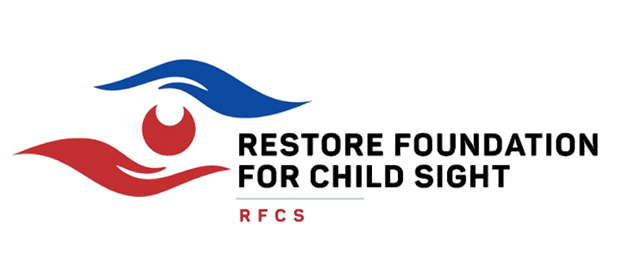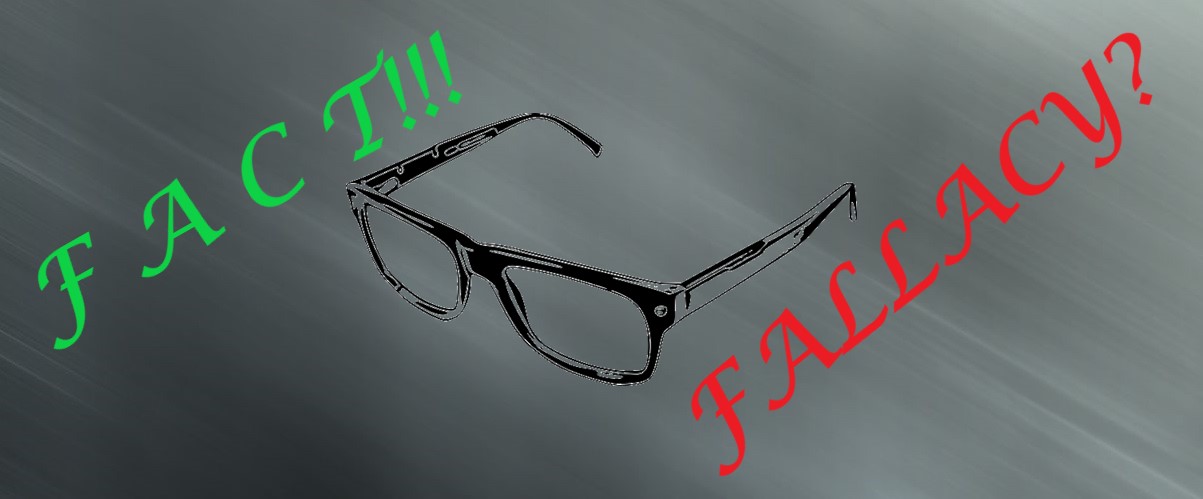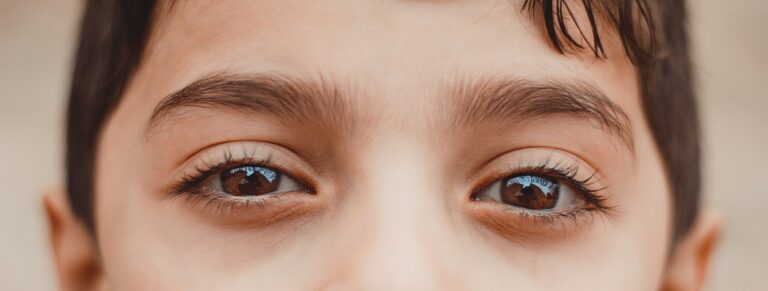Spectacle Wear: facts and fallacies
1. Spectacles help you see better when you have a refractive error.
FACT! Spectacle lenses help people who have an error of focus such as long-sightedness (called hyperopia), short-sightedness(called myopia), astigmatism (an irregular error) and presbyopia (strained reading starting around the fourth decade of life) by helping the images appear clearer for sight, near or both, as required. The appropriate power is determined by proper tests done in an eye clinic setting.
2. Spectacle use corrects your vision error such that you will no longer need glasses after a while.
FALLACY! This is a mistaken impression. Whilst practitioners would often use the phrase ‘corrective lenses’, this simply means it gives you the correct focus (and therefore clearer vision) whilst you have it on. As soon as you take it off, this effect is lost, and vision will become blurry again. So in other words, spectacle lenses help ‘correct’ the focus whilst they are worn only. They do not cure you of the background focus problem, your spectacle lenses are simply a vision aid. However, there are types of errors which naturally reduce in severity as a child gets older such as is the case with long-sightedness (hyperopia) where a child may outgrow it with time and then cease to need to wear glasses after some time. However with myopia, it only gets higher in value as a child grows, until it stabilizes at some point.
3. Children are too young to wear glasses.
FALLACY! Spectacle wear is required to correct the focus of an eye whenever it is significantly blurred as a result of faulty focus. This can occur at an early age, even in infancy. A child’s brain is immature and requires clear images from both eyes in order that all visual functions develop properly. It is critically important that a child uses spectacles lenses when so-indicated. Otherwise, defective focus in one or both eyes result in a diminished capacity to see clearly in the eye(s), called amblyopia (‘lazy eye’) and this becomes a permanent reduction in vision if carried on into maturity.
4. Your eyes will get worse when you wear glasses.
FALLACY! This is not true at all. Different refractive errors run different natural courses. Long-sightedness in children usually reduces as they grow in height (and the eyeball increases in length) and they may outgrow the error as it zeros out or becomes so insignificant as to no longer require use of glasses. With short-sightedness however, the error naturally increases as the eyeball grows longer with increasing height until it stabilizes in majority of myopic people. Presbyopia, the inability to read comfortably at about the age of 40years progressively increases such that a change of lenses is required approximately every 2years to update the power, usually to a higher figure. None of these situations is caused by the use of lenses. Every error runs its natural course.
5. It is important to check on the medical health of the eye when you get spectacles changed.
FACT! It is of utmost importance to check on the medical health of the eyes regularly, ideally every 6months. So it is important to take the opportunity of the visit to the eye practitioner for a spectacle lens change (which might be yearly to 2yearly, depending on age) to have other aspects of the eyes checked – the eye pressure, a look at the optic nerves and perhaps a visual field check to screen for glaucoma, especially if there is a risk factor, a suspicion or just routinely.
6. Spectacle use makes the eyeball sink deeper.
FALLACY! This is incorrect. Each eyeball sits in the orbit (the bony hollow socket in the upper part of the front of the skull), surrounded by muscles and other structures in a pad of fat. It is impossible to have an eyeball sink into the orbit unless there has either been a loss of volume in the orbit (such as may occur if injury leads to a significant fracture of the floor of the orbit and all structures sink in, in what is known as a blowout fracture), or if the eyeball itself becomes ‘deflated’ if it ruptures from injury or shrinks from disease situations. However, spectacle lenses lie clearly away from the eyeballs and do not in any way cause any shift in the position of any structure. When a spectacle wearer takes the glasses off, it may apparently appear as though the eyes seem farther away than is usually seen by the observer simply because they have become accustomed to encountering an interface (the lenses) before the eyes. Hence it is only apparent that the eye ball appears ‘farther away’ when the glasses are not present. Also, in those who wear plus power lenses (long-sighted people), the eyeballs appear enlarged to an observer when the spectacles are on because plus lenses magnify images. Hence, when taken off, the eyes appear ‘smaller’ in size because the magnification effect of the lens is absent. So, spectacles use does not cause an eye to sink.
7. Certain foods like garri (from cassava) gives bad eyesight.
FALLACY! This long-held notion is completely false. A person may however have an allergy to cassava, in which case, its consumption may lead to an allergic reaction which may manifest in various ways, including sometimes, redness of the eyes and swelling of the eyelids. In such situations, depending on the severity of the reaction, vision may be slightly (transiently) blurry. These symptoms clear up with treatment. It would usually not cause poor eyesight. Similar reactions can occur to just about any foods to which a person is allergic to. This may occur with certain medication as well. So, ingestion of garri doesn’t cause the eyesight to go bad.
8. The power of the lens weakens after a while.
FACT! This is true in the sense that after a bit of time wearing a certain lens power (1 to 2 years, depending on the age), it might no longer match the eye’s needs because the eyes have changed in such a way that the lens power needs to be updated by strengthening or weakening them.
9. Refractive errors can be inherited.
FACT! Most refractive errors occur due to a deviation from the norm of certain eyeball characteristics such as the length of the eyeball, the curvature of the cornea (the outer front surface of the eye) and the curvature of the crystalline (natural) lens inside the eye. These characteristics are usually hereditary, the person having inherited peculiar characteristics from a parent or other relative.
10. It is okay to obtain glasses from commercial sellers on the roadside or in shops.
FALLACY! The lens power can only be accurately assessed with the use of specialized equipment by trained eye personnel. Road side and commercial stores which offer glasses often do so by guess work, and as a result, cannot arrive at accurate strength for the user.







